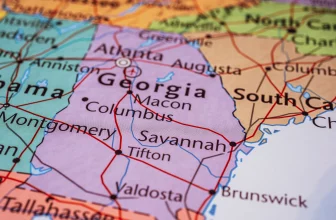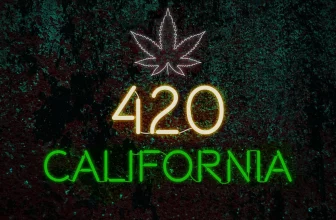
Marijuana legalization increased in 2020. What didn’t increase, according to a newly released federal survey, is youth marijuana use — in fact, it decreased.
Results from the National Survey on Drug Use and Health (NSDUH) were recently published and provided yet another example of how legalization appears to correlate with decreased underage use. This contradicts the prohibitionist narrative that legalization would increase marijuana use among children, teens, and college students.
The Survey
Between 2019 and 2020, cannabis use among the 12 to 17-year-old demographic dropped from 13.2% to 10.1%. In the 18 to 25-year-old category, marijuana use in the past year decreased from 35.4% to 34.5%. This survey was conducted by the Substance Abuse and Mental Health Services Administration (SAMHSA).
This latest survey featured a different methodology on account of COVID-19, including virtual versus in-person interviews. The study researchers urge that “caution should be used when comparing estimates” as a result.
However, previous surveys only reinforce the trend from this year. Opponents’ assertion that legalization would cause an uptick in youth marijuana use has never come to be. In 2012, the first year states began passing adult-use legalization, past-year cannabis use was 13.5% for adolescents.
Perhaps predictably, adults 26 and over have begun using more marijuana as reform spread across the country. However, the new federal data reinforces the fact that when states change their marijuana policies, youth cannabis use appears to be better controlled.
Marijuana Legalization Findings Align Across Surveys
In general, the trends reflect that reformed marijuana laws are working the way they were intended by politicians and voters. Marijuana sold by licensed retailers is controlled when the retailers check IDs, and there are limited instances of adult-use products finding their way to the black market.
Lawmakers considering legalization in their own states should view these results as reassurance that they will not be harming the health of younger people. Although science has not had the benefit of time to compile large quantities of data on youth use after legalization, the evidence is consistently in favor of reform.
A September study published in the Journal of the American Medical Association showed that adolescent cannabis use does not increase following medical or recreational marijuana legalization in states.
In a recent interview, Nora Volkow, the Director of the National Institute on Drug Abuse (NIDA), admitted that youth marijuana use has not increased with legalization. She previously feared that this would be the case.
Marijuana Use Among Young People
In May, another report by federal researchers also contradicted the prohibitionist assertion that legalization at the state level would increase marijuana use among youths.
Additionally, the National Center for Education Statistics — part of the U.S. Department of Education — performed an analysis of surveys of high school students. These surveys were conducted between 2009 and 2019, and the agency reported “no measurable difference” in past-30-days marijuana use among 9th to 12th graders.
Before this analysis, the Centers for Disease Control and Prevention published similar findings. They found that high school students in peak legalization years were consuming less marijuana than before their states legalized. Overall, the survey reported, “no change” in high school students’ current cannabis use between 2009 and 2019. However, when a quadratic change model was applied to the data, lifetime marijuana consumption was shown to decrease.
Another federal report called Monitoring the Future showed that adolescents had not significantly changed their marijuana habits between 2019 and 2020, whether for lifetime use, past-year use, or past-month use.
Colorado officials also released a study in 2020 that indicated youth cannabis consumption in the state had shown no significant change after its 2012 legalization. It should be noted, however, that consumption methods are expanding.
The National Marijuana Initiative, part of the White House Office of National Drug Control Policy, announced last year that youth cannabis consumption is decreasing in Colorado. The group’s representative stated that even if “we don’t understand why,” this is a positive change.
The Future of Marijuana
Overall, the evidence indicating a decrease in marijuana use among youths as a result of legalization is becoming clearer. As more states consider legalization, this is likely to play a large role in their decision-making.






